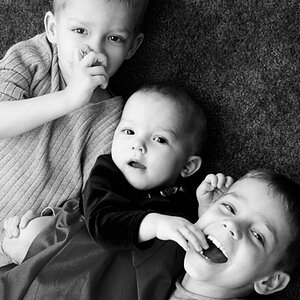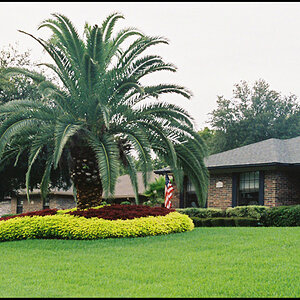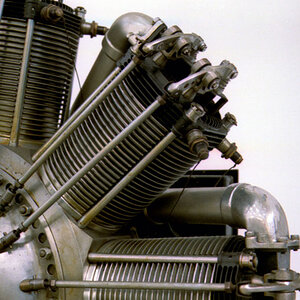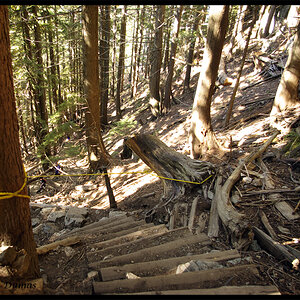+1 :thumbsup: although, what he's talking about isn't a "convert to monochrome" button but rather playing with the sliders in order to approximate the results on putting different colored filters in front of the lens when doing B&W film (i.e. how a red filter vastly increases contrast) - to be clear though, I still think nothing beats good old B&W film, especially either FP4/HP5 or my favorite, Agfapan APX-400.
And who the hell is Steinhoff?
Sascha Steinhoff is the author of the book entitled SCANNING NEGATIVES AND SLIDES. He is an accomplished photography journalist in Germany. A scanning software is offered free together with his book. He programmed his own scanning software.
Last edited:




![[No title]](/data/xfmg/thumbnail/36/36677-3b91df53323d0850489794f28b3b9800.jpg?1619737677)



![[No title]](/data/xfmg/thumbnail/36/36679-b3112c1f4841912cbaa9edc11e6852fe.jpg?1619737677)




![[No title]](/data/xfmg/thumbnail/37/37626-4a6ffc3f17ab3a8e97170fda3276640e.jpg?1619738154)
